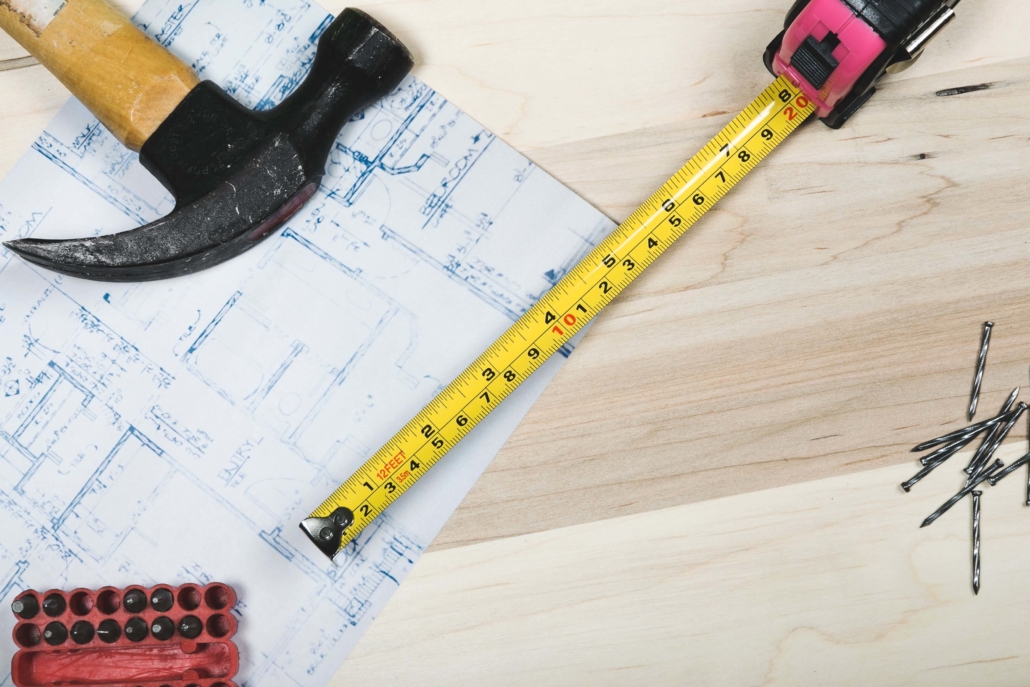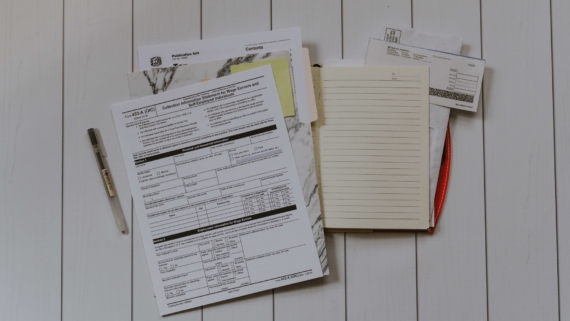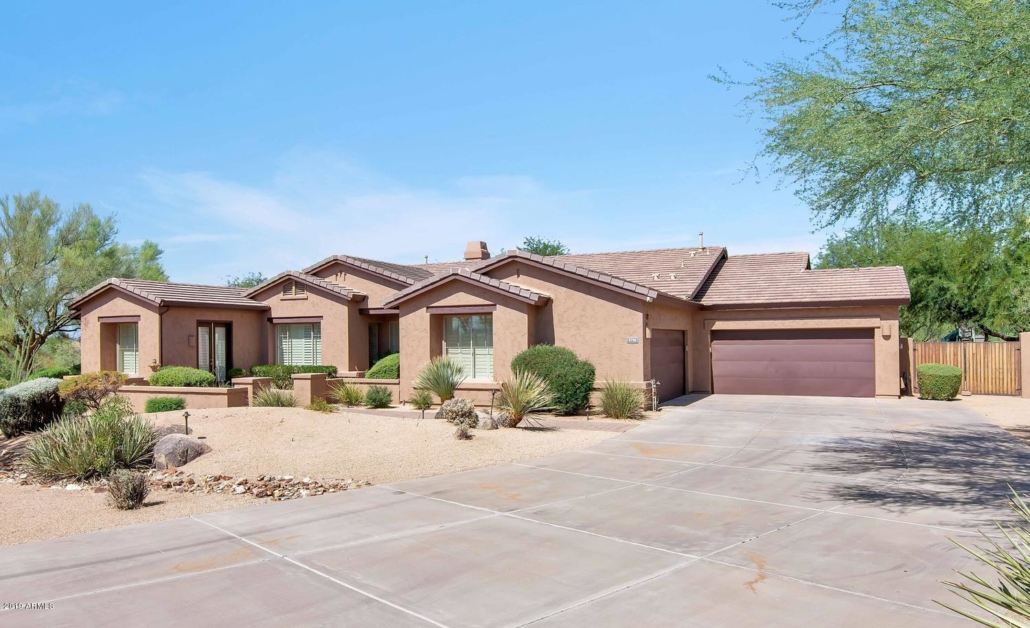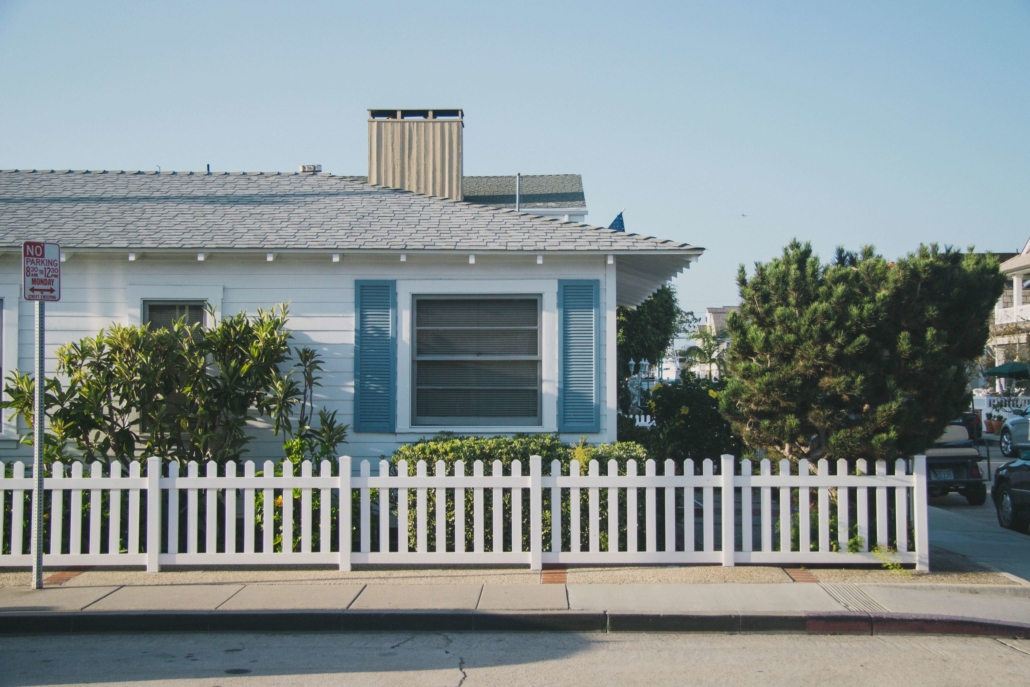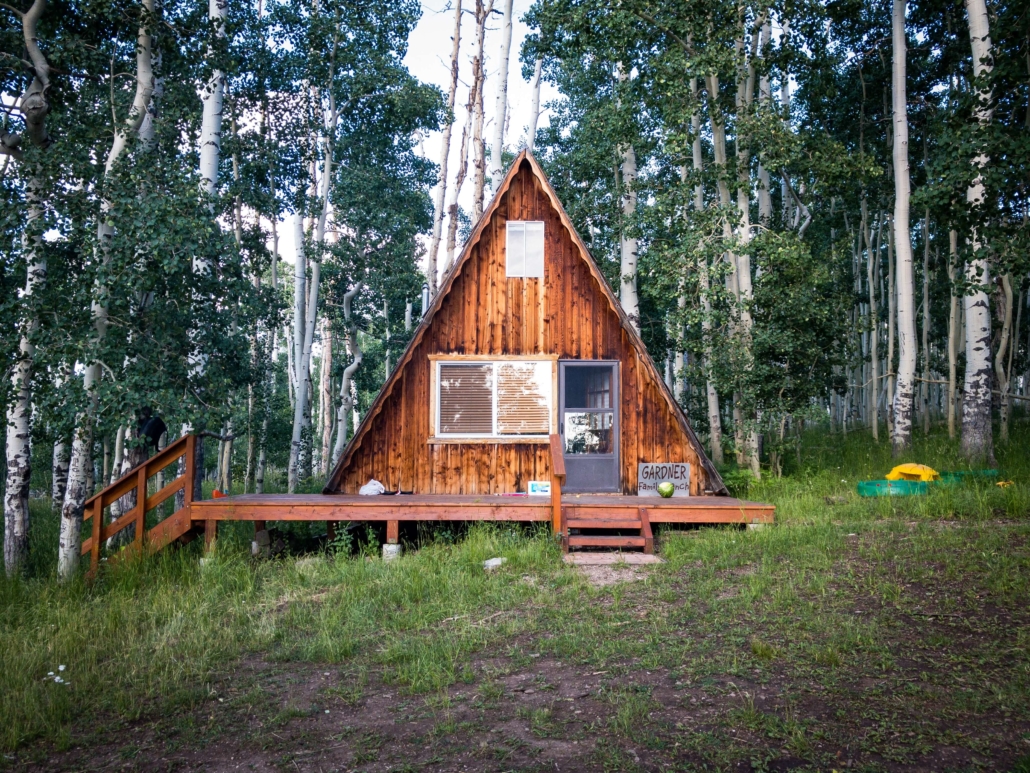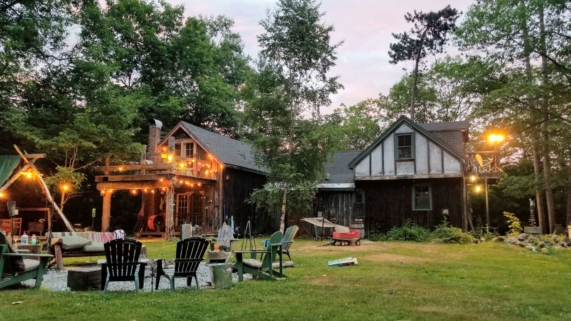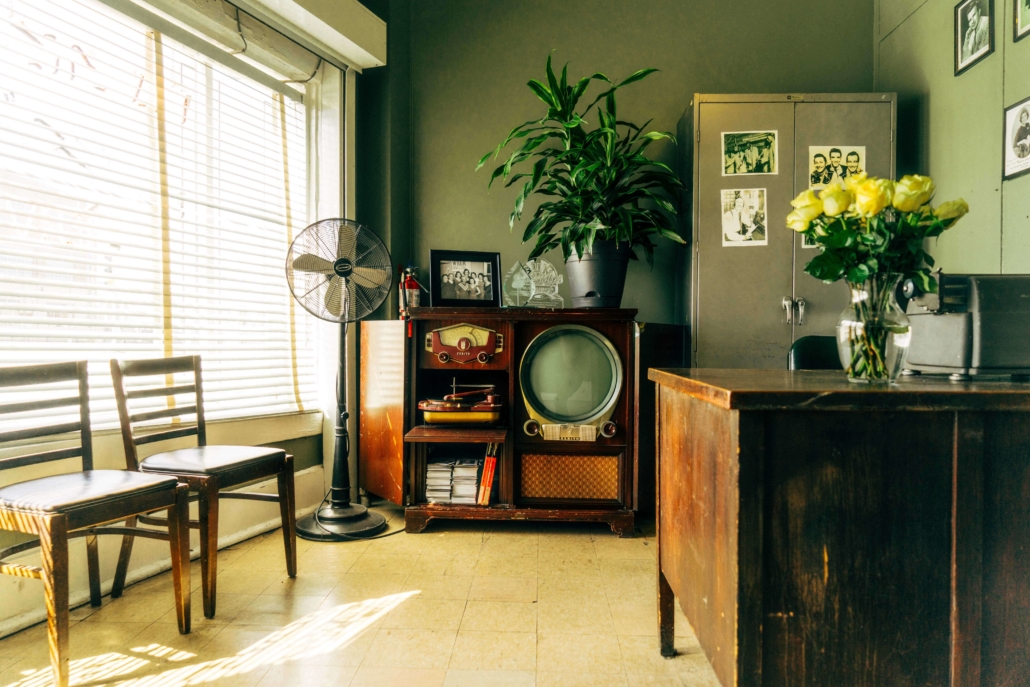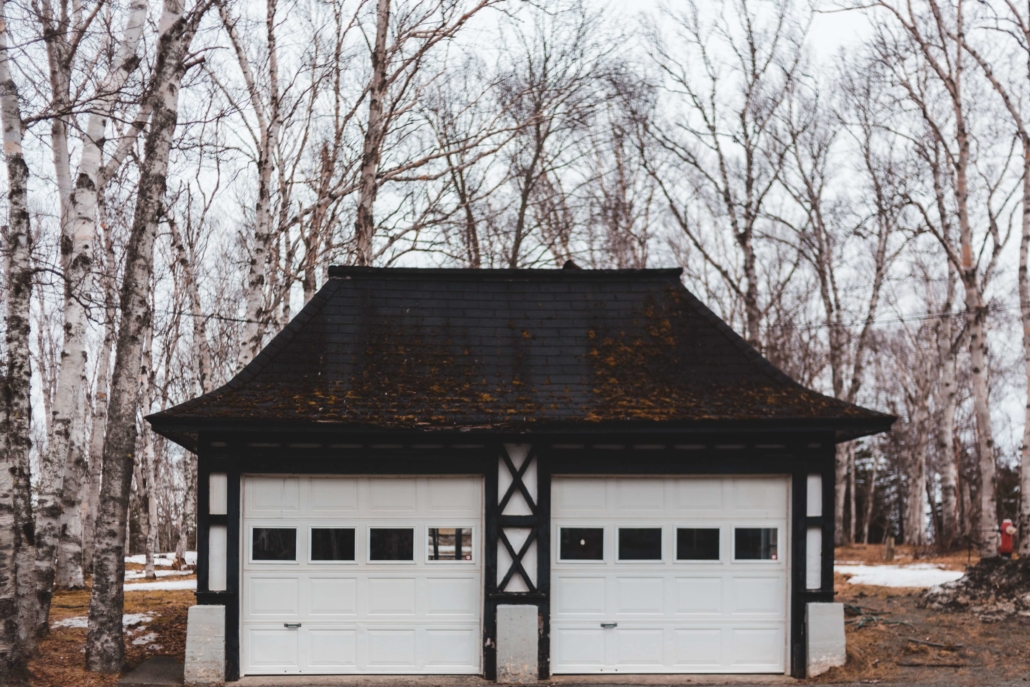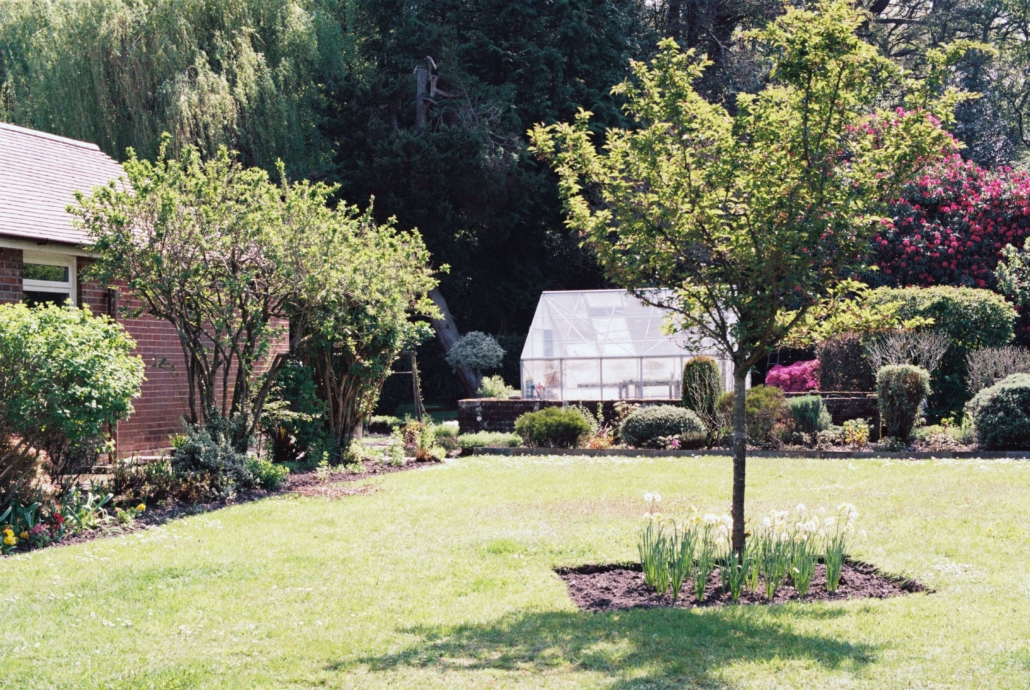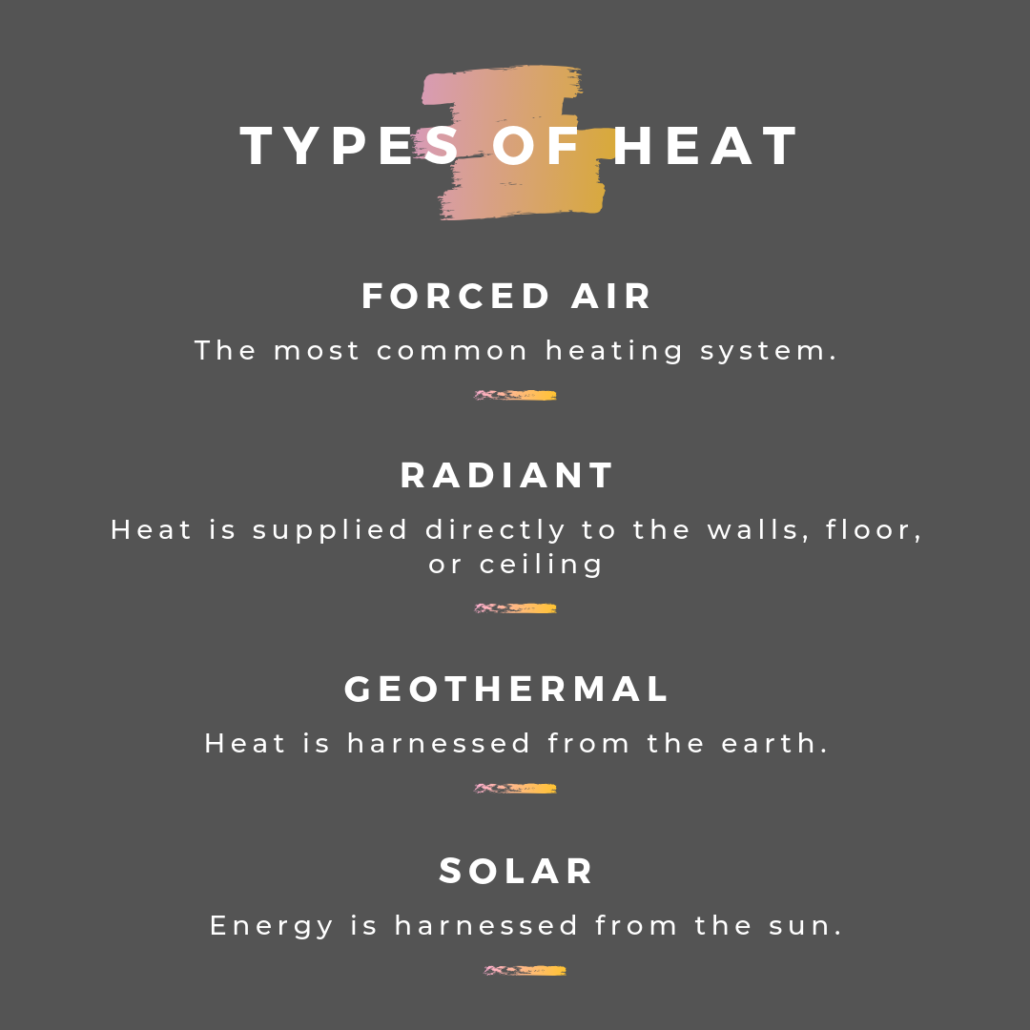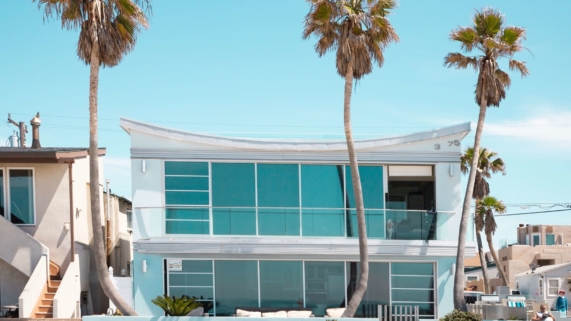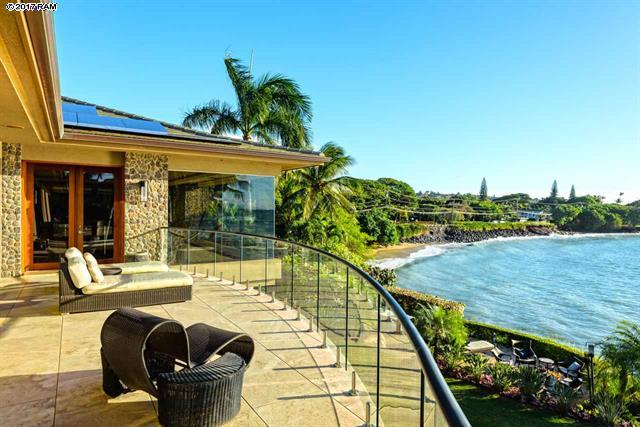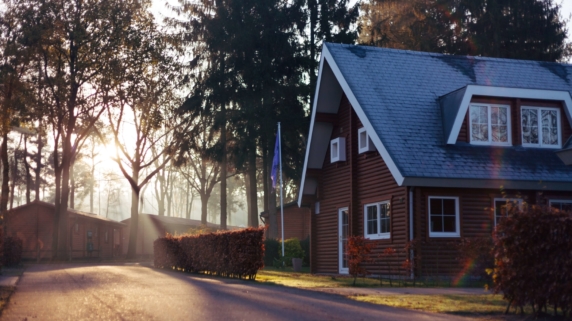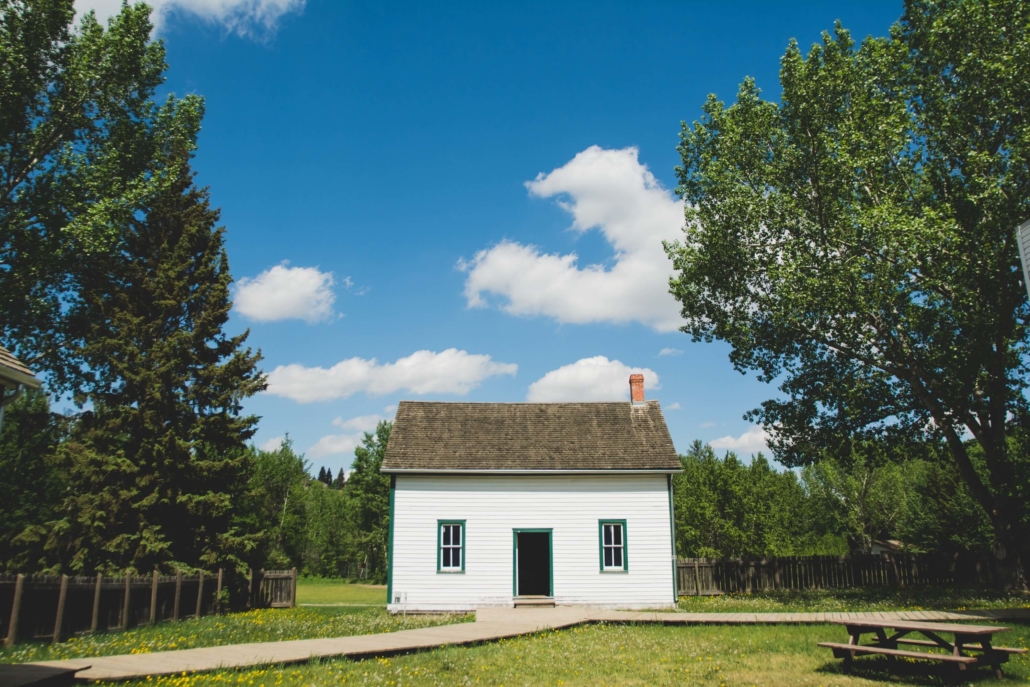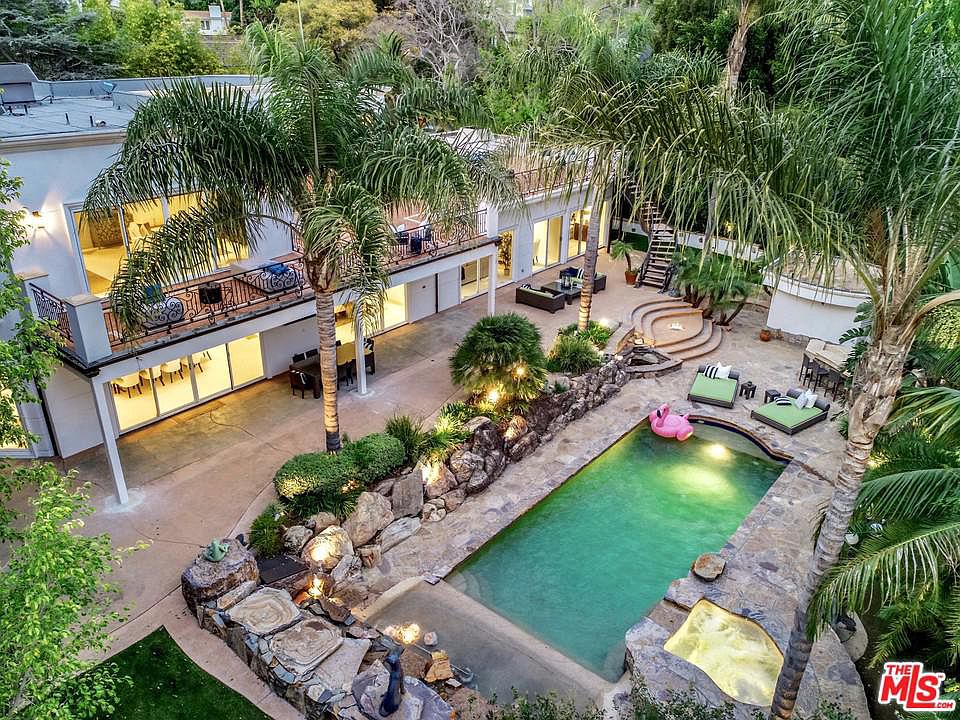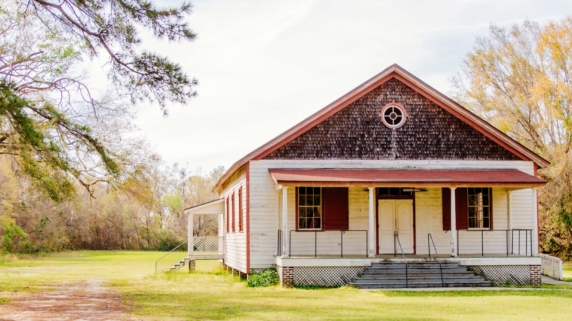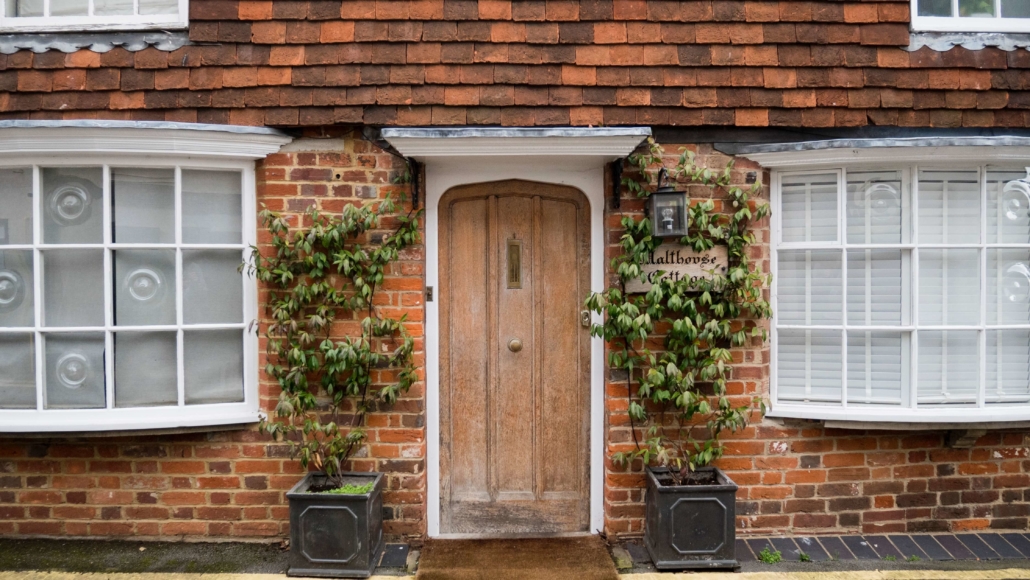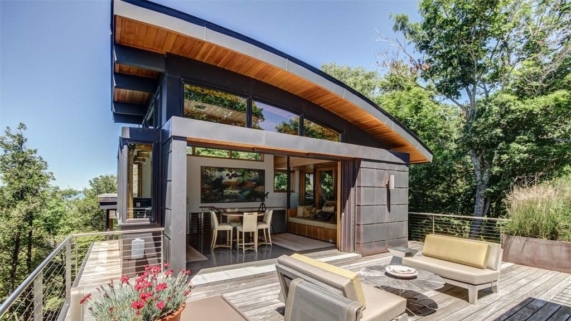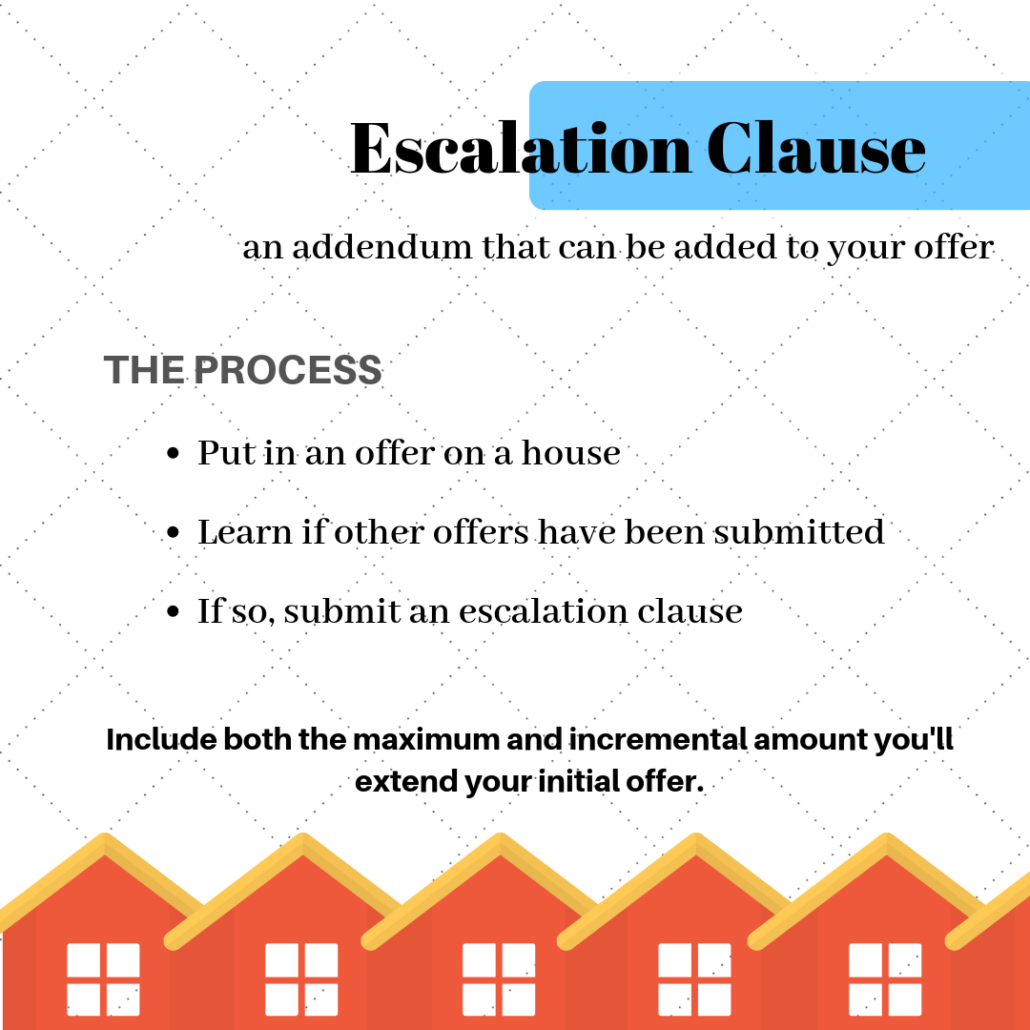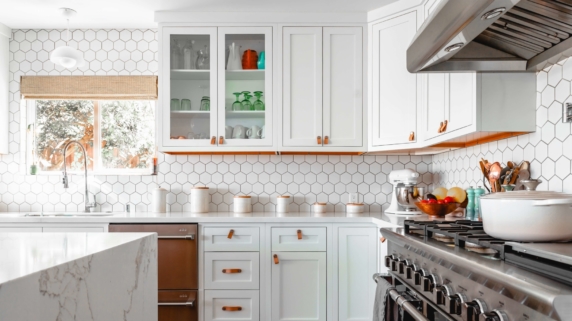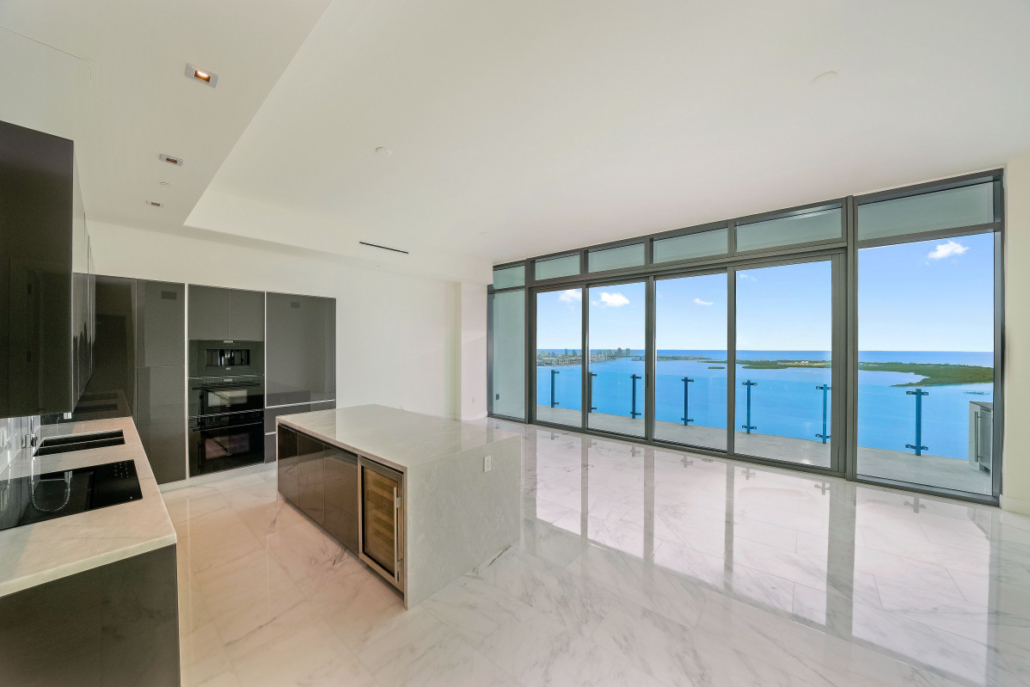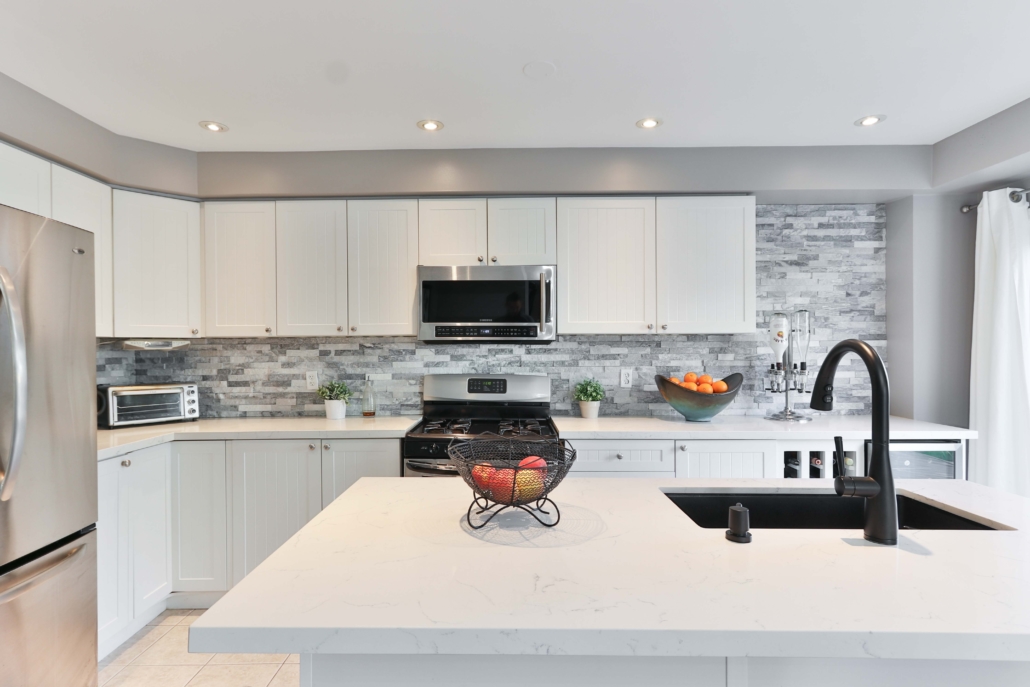Real Estate Agents: Commissions & Referrals
Real estate agents are highly knowledgeable when it comes to buying or selling a home. From pricing a home to helping with closing, agents do a lot. Most everyone knows that they take a commission — usually 6% — out of a home’s final sale.
But unless you’re in the real estate biz, what many people don’t know is how the referral process for real estate agents works. Find out how referrals occur, and see how you can benefit like an agent in your own home sale.
Does every real estate agent get the same commission?
No. While 6% is the average, it varies by location.
Additionally, agents don’t get the full 6%. That percentage is split between the buyer’s agent and the seller’s agent and their respective brokers, so real estate agents really only get 3% of a sale. If there was a referral, they get even less.
What are realtor referral fees?

Take a look at the following example:
Ben lives in Maine but wants to buy a house in Arizona. He doesn’t know anyone out there, so he contacts his real estate agent, Mary, in Maine to see if she knows anyone. Mary agrees to help Ben find an agent out there.
Mary may or may not know anyone, but she’s going to connect with an agent (such as through LinkedIn) in Arizona all the same. She does this because she wants a referral fee — a 25% kickback of the agent’s commission for connecting the Arizona agent with Ben.
Are realtor referral fees guaranteed?
Yes and no. With traditional referrals, a real estate agent only pays a quarter of their commission if there was a sale. They don’t owe the referring agent anything if the sale doesn’t go through.
However, sites like Zillow charge a flat fee for leads, even if those leads don’t go anywhere for the agent. Real estate agents often spend thousands for leads through sites like these, as unreliable as they can be.
Who pays these referral fees?
Technically, the seller pays them. The seller is responsible for paying all agents involved in the sale and the funds come out of their home sale earnings. But the agent who got the referral gives 25% of their commission to the person who referred them.
Are referrals common?
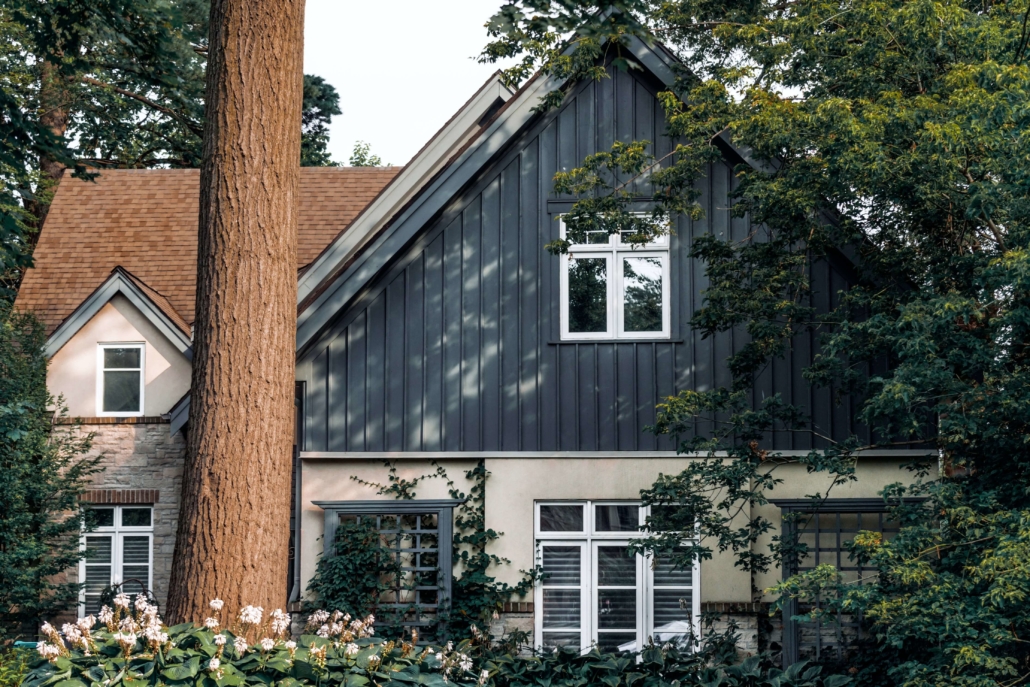
Not as much as you’d think. As illustrious as referring an agent and getting paid without having to do much legwork seems, it’s typically not enough money to pay the bills.
On a $250k house, an agent:
- Without a referral will make $7500.
- With a referral will make $5625.
- Who is referring another agent will make $1875.
It should be noted that this money is before the agents need to split it with their brokers so their take-home pay is even less.
Most agents are more concerned about finding their own clients than referring someone — they make significantly more money doing so. However, if the opportunity to refer an agent comes along, it’s definitely a perk.
Introducing Cashifyd: A Referral Alternative For All

At RealtyHive, we always strive to better the real estate industry, for agents, buyers, and sellers alike. We’re proud to introduce Cashifyd, an app and real estate referral program that connects agents with buyers and sellers, and saves everyone money in the process. Here are the benefits:
Agents only pay when they close.
Unlike Zillow, real estate agents using Cashifyd only pay for referrals when a sale happens. They’ll still contribute 25% of their commission, but it’s no different than a regular sale. If an agent has a lead that doesn’t go through, they won’t have to pay.
Sellers get money back.
This is the biggest reason why Cashifyd is one of a kind. Without Cashifyd, sellers have to fork over money to cover agents’ commissions, including the 25% finder’s fee. By using Cashifyd, sellers are still paying for the agents’ commissions but also receive some of that money back.
Once the sale goes through, sellers get 80% of that 25% back. We know, that’s a lot of numbers and percentages. Put simply, sellers will spend less on commissions and get cash back for using Cashifyd.
Even buyers can get paid.
Buyers who sign up for Cashifyd and are looking for agents are also connecting the real estate dots, so why shouldn’t they get paid, too? With Cashifyd, buyers have the opportunity to both select the agent of their choosing, and any property they like — it doesn’t have to be one where the seller is using Cashifyd. Plus, they’ll still receive cash back when they close.
Can buyers or sellers come to Cashifyd with an agent in mind?
A buyer or seller has to use Cashifyd before signing with an agent. That’s the only way they’ll qualify and the only way they’ll get paid back.
Will this negatively impact agents?
Cashifyd is designed to help real estate agents! Instead of paying outrageous fees for unreliable leads, Cashifyd helps agents build their clientele while saving money.
Stay tuned for the Cashifyd launch and get ready to save. Until the app goes live, we won’t blame you for starting to shop around for your dream house. Work with RealtyHive for buying or selling your home today!



